Mikrobiota jelitowa u hospitalizowanych dzieci a predykcja ryzyka biegunki szpitalnej – zagnieżdżone badanie kliniczno – kontrolne.
BACKGROUND. Nosocomial diarrhea is a common complication of hospitalization in children. Most commonly, it is
caused by in-hospital infections or antibiotic treatment. One of the possible risk factors for nosocomial diarrhea is gut
dysbiosis. Even though associations between microbiota and diarrhea in children were previously described, to date no
studies have assessed microbiota composition in children before the occurrence of diarrhea symptoms. Because of that,
it is not known which alterations of the intestinal microbial ecosystem were caused by the disease, and which were
present before.
AIM. To test the hypothesis that the baseline gut microbiota diversity, composition and function of pediatric inpatients
on admission to the hospital is associated with the risk of developing nosocomial diarrhea.
METHODS. In this nested case-control study, the baseline cohort will be recruited from among the inpatients of the
Department of Paediatrics of the Medical University of Warsaw. The eligible children will be aged between 15 and 36
months. Children with preexisting diarrhea, vomiting or children transferred from other wards will be excluded. After
entering the cohort, a ‘baseline’ stool sample will be taken from all of the participants within 24 hours of admission to
the hospital and stored for future testing. Additionally, in patients, who will receive antibiotics as a part of hospital
treatment, this first sample will have to be obtained before the first dose. After obtaining the first stool sample, all of
the included patients will be prospectively monitored throughout the hospital stay for the occurrence of nosocomial
diarrhea, defined as 3 or more loose stools per day for a minimum of a 24 hour period, arising after ≥72 hours of
hospitalization. In case of a nosocomial diarrhea occurrence, another stool sample will be taken and stored, and the
patient will join the ‘case group’. From this moment, the subsequently recruited patients will be screened for matching
by age, date of admission and antibiotic class with the patients from the case group (case:control ratio 1:2). After
successful matching, the second stool sample will be taken from the control patient on the same consecutive day of
hospital stay as when the corresponding patient from the case group developed diarrhea. As a result of this procedure,
we will acquire two groups: a case group counting 34 participants, and a control group counting 68 participants. From
each of the patients in these groups, two stool samples will be available for microbiota analysis. Finally, we will analyze
gut microbiota in the samples using shallow shotgun sequencing NGS method, which is a specific type of Whole Genome
Sequencing, allowing high quality observation of microbiota changes at the level of species. We will also test the stool
samples of patients with diarrhea for the presence of common diarrheal pathogens. Finally, by comparing the acquired
data between the case group and the control group, we will analyze the associations between microbiota characteristics
and the risk of nosocomial diarrhea. Before the start of the study, its protocol will be reviewed by the Bioethics
Committee of the Medical University of Warsaw.
EXPECTED RESULTS. The results of this project will significantly expand the knowledge about microbiota-host interaction
in the pathogenesis of diarrhea in children. Most importantly, we will establish if initial microbiota status at admission is
associated with the risk of nosocomial diarrhea. Since we will examine the etiology of diarrheal episodes, this study may
also contribute to the understanding of pathogenesis of other types of diarrhea. In the future, when the techniques of
microbiota analysis develop, the results of this project may find a significant practical application. It might become
possible to use microbiota characterization to identify patients at a higher risk of certain diseases or complications,
which in turn may open up an opportunity for targeted, preventive interventions tailored for individual microbiota
patterns.
